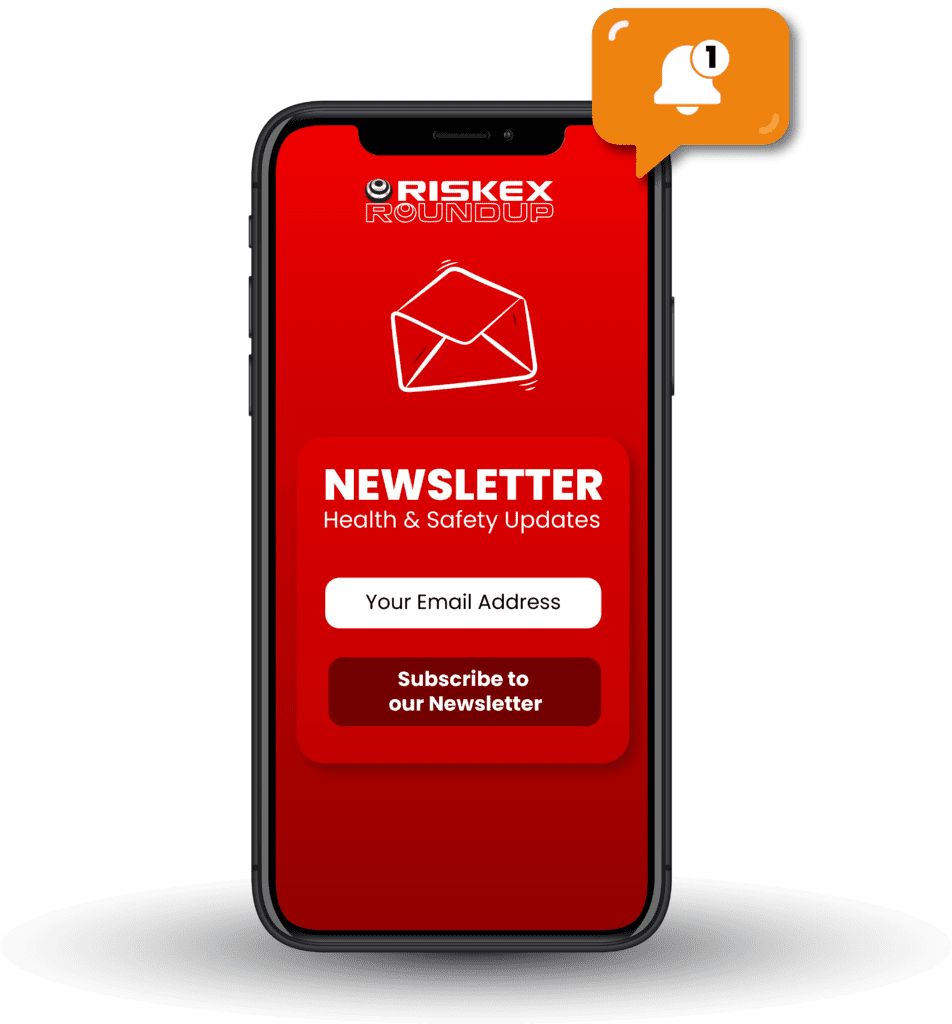A report published by IOSH has revealed the findings of research into five organisations, analysing their experiences of the ongoing pandemic. While employees gave many positive examples of organisational interventions, their accounts also highlighted key areas where wellbeing was compromised and where practices could be strengthened in the future.
Analysis is presented in three themes:
Firstly, the ‘outcomes of the pandemic’ brings together themes relating to how much the pandemic changed life for employees and shows how the challenges they faced changed over time.
Secondly, the ‘organisational responses to the pandemic’ highlights common and unique organisational interventions used, with a pattern of integration and focus on job design emerging in the third phase of data collection.
Thirdly, the ‘barriers and facilitators’ to the implementation of health and wellbeing interventions are examined according to the “IGLOO framework” that identifies the individual, group, leader, organisational and factors that hindered or facilitated implementation.
The report gives eight recommendations to enhance wellbeing provision for staff as we move beyond the pandemic, and also to support future pandemic preparedness.
These eight proposals to protect employee health and wellbeing, during this and any future pandemics, include the recommendation for senior management to demonstrate their commitment to this area through regular communication, acting on feedback, sharing personal stories, and involving employees in job design and redesign.
Duncan Spencer, head of advice and practice at IOSH, said: “With some people continuing to work remotely while others have moved a hybrid system as we continue to live with the pandemic, it is clear that more needs to be done to protect the health and wellbeing of workers and I hope that organisations might be able to follow some or all of the recommendations.” He added: “What is clear is that if we don’t act on this, there is a strong possibility we will face a health and wellbeing crisis among our workforce.”
Download the full report and read the detailed recommendations here.












